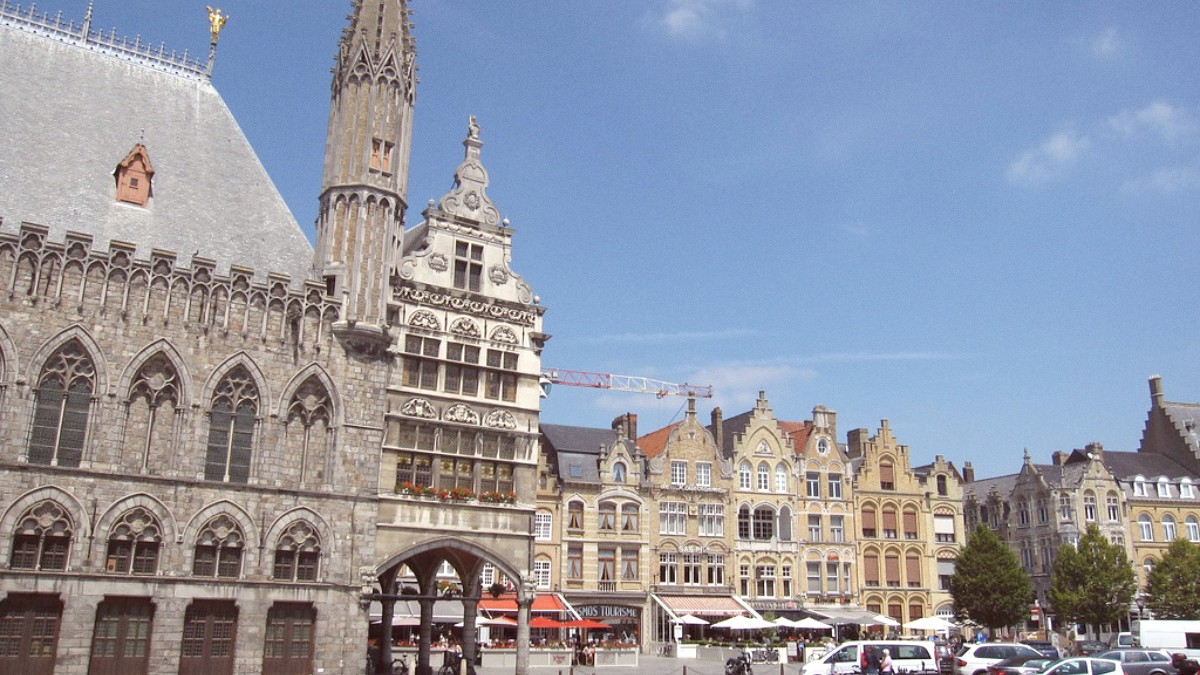
Flanders, Belgium
Accessible locations within day-trip distance include Bruges (Brugge), Ghent (Gent), Poperinge, and the Belgian Coast.
Train travel serves Bruges, Ghent, and Poperinge. A car is ideal for exploring the coast or rural areas like Poperinge and Heuvelland. Discover day trip options.
The area around Ypres includes peaceful natural spaces, a contrast to the historical intensity of the city. Explore parks, nature reserves, and scenic landscapes.
De Palingbeek, a nature reserve south of Ypres, includes walking trails, diverse flora and fauna, and some WWI remnants.
The Belgian Coast is the closest option for beaches, including towns like De Panne, Koksijde, and Oostende, with wide sandy beaches.
Expand your historical and cultural journey beyond Ypres with excursions to other significant sites in the region. These trips present a broader knowledge of the area's past.
Diksmuide's Dodengang/Trench of Death, Passchendaele, and Messines are significant sites to visit.
Explore small villages like Zonnebeke, Langemark, or Wijtschate, central to the fighting and now rebuilt.
The WWI sites themselves are pilgrimage sites for many, drawing visitors for commemoration and reflection.
Discover the harsh realities of trench warfare and pivotal battles.
Visit a significant battle site and explore the region's agricultural heritage.
Consider extending your trip beyond Ypres to explore more of Belgium or neighboring countries. Logical extensions enlarge your European travel experience.
Thoroughly explore Bruges and Ghent for 2-3 days.
Visit Brussels for 1-2 days, Grand Place and museums.
Spend 1-2 days relaxing at towns like De Panne or Ostend.
Combine Ypres with Bruges, Ghent, and Antwerp for a comprehensive cultural and historical tour.
Connect Ypres with other WWI sites in Belgium (Diksmuide) and Northern France (Somme, Arras).
Consider renting a holiday apartment to explore the region at a relaxed pace and engage with local life.